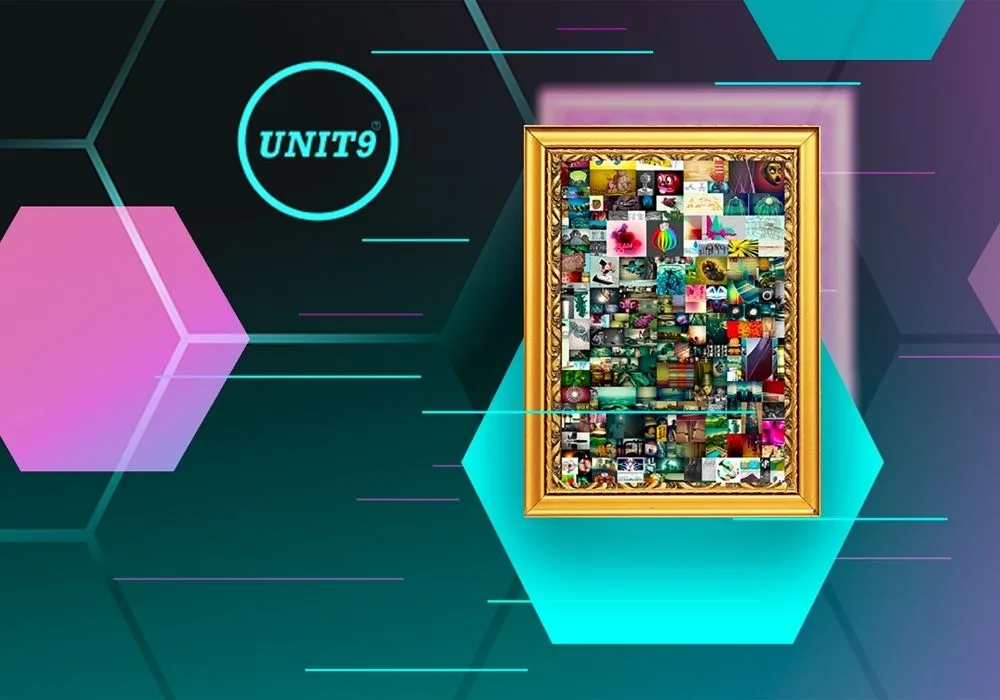By Garry Williams, Business Director, UNIT9
Ever since Beeple’s Everydays: The First 5000 Days was auctioned at Christie’s as cryptoart worth $69-million, NFTs (Non-Fungible Tokens) have become a red-hot topic. But despite their lucrative price tags, their real creative potential actually stretches far beyond the art world. Brands too – especially those operating in the virtual space – can enjoy a slice of the non-fungible pie by harnessing the power of NFTs to elevate virtual experiences, align with youth purchasing trends and cut through the noise with the latest digital innovation.
NFTs offer the owner the chance to be one-of-a-kind. Their unique nature means that buyers can feel smug in the knowledge that no one else has what they have. This is particularly appealing to the super-fans or passionate online communities you typically see in the sports, music and entertainment worlds.
When attending a virtual event, guests still want that unforgettable feeling you’d expect from a live performance, like they were a part of something special. And NFTs are the perfect way to provide those digital souvenirs: just as IRL audiences nostalgically pin their gig tickets to the wall, virtual audiences can also treasure a virtual crowd-caught plectrum or an un-frayable digital wristband that authenticates event attendance and helps to build all-important atmosphere.
Limiting the minting of these virtual memento NFTs also creates a sense of exclusivity by playing with the idea of scarcity. The fact that not everyone will be able to have the same experience attaches more value to the add-ons. Scarcity simply didn’t exist in the ultra-accessible digital world before NFTs came along. And it provides brands with a really clever way of driving demand for their virtual experiences.
As well as trophies of attendance, NFTs can be used by brands to grant access to an elevated part of an online experience – for instance, entry into a VIP zone of a virtual concert, or a backstage pass to meet the performer post-gig. This ties in perfectly with passionate fans wanting to show support for their idols, and their desires to be part of a unique and unmatched experience. Imagine being one of the few able to chat with Travis Scott as the virtual curtains came down on his pioneering Fortnite concert, or enjoying a private viewing of Liam Payne’s world-first augmented Bafta performance from the sidelines.
The same principle can also be applied to gaming. Microsoft’s Space Mystery Minecraft game included secret levels that could only be accessed with NFTs, awarded based on in-game performance. Incorporating tokens like this is a great way to align with players’ competitive mindsets and their drive for discovering hidden details. There’s no reason why any brand across the gaming, sports, music and entertainment sectors couldn’t do the same to elevate their virtual experiences with unlockable layers and zones.
But perhaps most saliently for brands, NFTs can be used to engage younger audiences – those who are more adept at blending IRL with the metaverse. We’ve already seen gaming blow up as a significant marketing activity for many brands. From Gillette launching inclusive skins on Animal Crossing (pictured), to Moschino creating a limited edition clothing collection for The Sims, more and more brands are reacting to shifting demand for digital consumption and placing themselves in the virtual worlds where consumers are hanging out. And as the metaverse becomes an even larger part of Gen Z’s social lives, the desire to develop their own digital identities with unique products is only going to grow.
Brands can tap into this behavioural trend by giving consumers the chance to kit their digital avatars out in their own IRL style by attaching NFTs to physical purchases. This means that when a customer shops in store – be it for a new outfit, pair of sneakers, or even make up, homeware, or a car – they can receive a digital token for their virtual selves to enjoy the same perks in the metaverse. These items can later be traded or sold both in and out of the virtual experience. They hold real value and the opportunities are near endless.
So when it comes to NFTs, it turns out you should believe the hype. Their unique nature and the element of exclusivity they generate means they’re set to be a game changer for brands in the virtual space.









